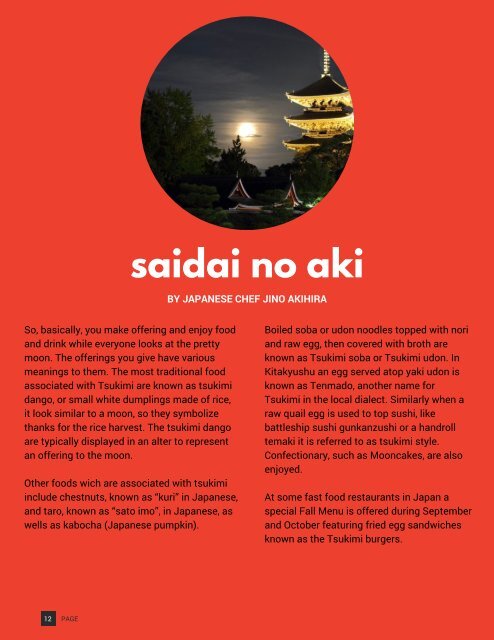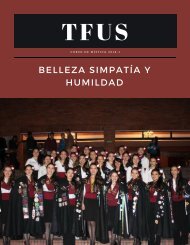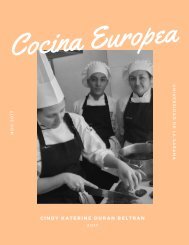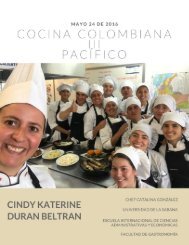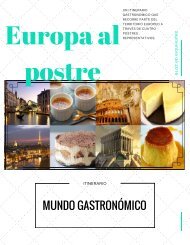Asian Culture
You also want an ePaper? Increase the reach of your titles
YUMPU automatically turns print PDFs into web optimized ePapers that Google loves.
saidai no aki<br />
BY JAPANESE CHEF JINO AKIHIRA<br />
So, basically, you make offering and enjoy food<br />
and drink while everyone looks at the pretty<br />
moon. The offerings you give have various<br />
meanings to them. The most traditional food<br />
associated with Tsukimi are known as tsukimi<br />
dango, or small white dumplings made of rice,<br />
it look similar to a moon, so they symbolize<br />
thanks for the rice harvest. The tsukimi dango<br />
are typically displayed in an alter to represent<br />
an offering to the moon.<br />
Other foods wich are associated with tsukimi<br />
include chestnuts, known as “kuri” in Japanese,<br />
and taro, known as “sato imo”, in Japanese, as<br />
wells as kabocha (Japanese pumpkin).<br />
Boiled soba or udon noodles topped with nori<br />
and raw egg, then covered with broth are<br />
known as Tsukimi soba or Tsukimi udon. In<br />
Kitakyushu an egg served atop yaki udon is<br />
known as Tenmado, another name for<br />
Tsukimi in the local dialect. Similarly when a<br />
raw quail egg is used to top sushi, like<br />
battleship sushi gunkanzushi or a handroll<br />
temaki it is referred to as tsukimi style.<br />
Confectionary, such as Mooncakes, are also<br />
enjoyed.<br />
At some fast food restaurants in Japan a<br />
special Fall Menu is offered during September<br />
and October featuring fried egg sandwiches<br />
known as the Tsukimi burgers.<br />
12 PAGE


